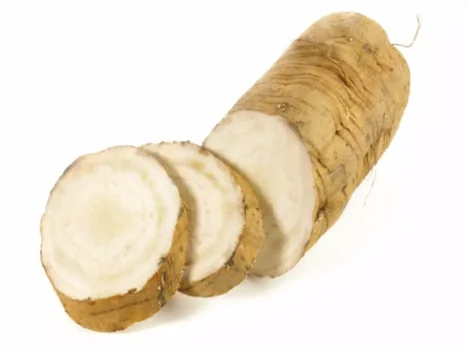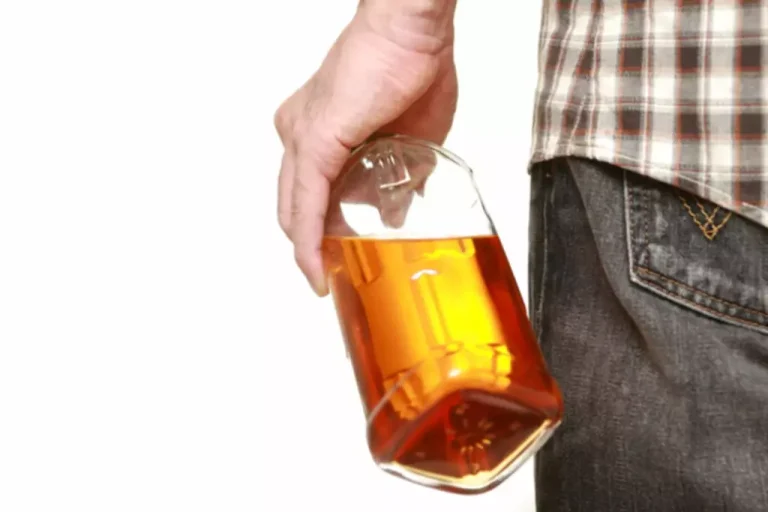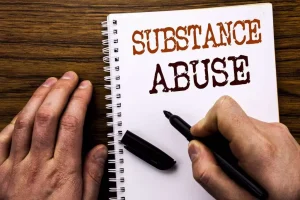
There are a number of common alcohol withdrawal symptoms, but not everyone will experience these symptoms. They can range from mild to severe and are usually proportionate to the amount of alcohol you usually consumed and how long you’ve been drinking. Alcohol consumption spans a spectrum ranging from low risk to severe alcohol use disorder (AUD). A doctor can is sneezing a sign of withdrawal perform a typical checkup and a blood test to see if the individual is still in good health or needs a treatment plan or medication. Others experiencing more severe symptoms may require hospitalization to avoid life threatening conditions. A doctor may also need to administer fluids intravenously to prevent dehydration and correct electrolyte abnormalities.
What can I expect if I have delirium tremens?
People with alcohol withdrawal syndrome can have a wide variety of symptoms, depending on how much alcohol they drank, their body type, sex, age, and any underlying medical conditions. Alcohol withdrawal syndrome is a condition that occurs when an individual stops consuming alcohol after a long-term dependence. Symptoms that have associations with this condition can be mild, severe, or in some cases, life threatening. This is where symptoms are usually the most severe, with some individuals displaying delirium tremens — hyperactive autonomic activity that can lead to cardiac collapse. Delirium tremens can last up to 5 days, with a mortality rate of up to 37%. This highlights the severity of the condition and the need for immediate medical attention.
What is the alcohol withdrawal timeline?

Someone with delirium tremens needs immediate treatment in a hospital. You may hear things that seem very real to you, but they aren’t there. Even less often, people see, feel, smell, or even taste things that aren’t real. Hallucinations during withdrawal tend to begin shortly after stopping alcohol use, typically emerging within 12 hours to about 3 days.
What are the complications of delirium tremens?

Delirium tremens isn’t curable, but it can be treated to help you manage symptoms and avoid complications such as dehydration. If the alcohol is withdrawn suddenly, the brain is like an accelerated vehicle that has lost its brakes. Not surprisingly, most symptoms of withdrawal are symptoms that occur when the brain is overstimulated. One of the priorities in treating this condition is to lower nervous system activity. A healthcare provider will treat this using drugs that reduce how active your CNS is.
They may also talk to family, friends or loved ones you previously approved to know and make decisions about your medical care. If you have delirium tremens, confusion is one of the key symptoms you’ll experience. You’ll have trouble understanding what’s happening to or around you. It’s also possible that you’ll experience hallucinations, meaning you’ll see or hear things that seem real to you, but that aren’t really there.

By Sarah Bence, OTR/LBence is an occupational therapist with a range of work experience in mental healthcare settings. Remember you are facing a difficult challenge during alcohol withdrawal, but you are not alone. There are many resources available to help, including peer support groups, counseling, therapy, and inpatient rehabilitation.
- These symptoms usually begin 48 to 72 hours after you stop drinking and most commonly last 5 to 7 days.
- If you know someone experiencing DTs, it’s important that you treat this like a medical emergency and seek immediate medical attention.
- Severe and complicated alcohol withdrawal requires treatment in a hospital — sometimes in the ICU.
- You may find a renewed interest in music during your detox and should pursue the distraction it offers from cravings or withdrawal symptoms.
- When that person cuts out alcohol, there is a period when their brain hasn’t yet received the message and still overproduces the stimulating chemicals.
- However, DTs becomes more and more likely the more you drink and the longer this continues.
- This study was funded by the NIH’s NIDA and published in JAMA Network Open.
- And while symptoms generally improve within 5 days, some may experience prolonged symptoms.
- The craving for alcohol may be a persistent challenge during and after withdrawal.
- The best ways to prevent severe symptoms after you stop drinking alcohol are close supervision by your doctor and treatment that usually includes benzodiazepines.
- Because there are many different medications and treatment approaches, the side effects can vary widely.
- After a detox, patients typically stay within the residential inpatient environment for a course of alcohol rehabilitation.
If you suddenly stop drinking, you may experience uncomfortable and dangerous withdrawal symptoms. Alcohol use disorder isn’t a condition that happens for just one reason. Family history, mental health conditions and many other factors can play a role. If you’re concerned about your risks for developing alcohol use disorder, it’s a good idea to talk to a healthcare provider.
